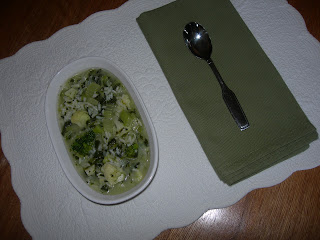FreezePruf ® reduces risk!
Local gardens and gardeners have enjoyed warm, balmy temperatures throughout March— a weather pattern virtually nonexistent during March in years past. The spring bulbs in bloom, as well as forsythia and magnolias, produce lots of smiles! Buds are pushing on trees and shrubs all around … spring weather has arrived early in Southeastern Wisconsin! But then reality sets in… a few days of cold, damp weather, followed by nights with patches of frost . What can we do to protect the vulnerable new growth on our favorite plantings?
A recently developed product can protect our plants from frost and ice crystals: FreezePruf®
This amazing liquid can be sprayed on all plant parts until thoroughly wet, including tops and bottoms of existing foliage and flower buds. Protection should last two to four weeks, depending upon severity of the freeze event.
This amazing liquid can be sprayed on all plant parts until thoroughly wet, including tops and bottoms of existing foliage and flower buds. Protection should last two to four weeks, depending upon severity of the freeze event.
The research efforts of botanist, Dr. David Francko ( University of Alabama) who is primarily responsible for this product development, have produced this unique spray for landscapers and gardeners. He explains the FreezePruf® product enhances each plant’s ability to survive cold, freezing temps. Ideally, the product should be applied generously 8 – 12 hours prior to an expected freeze event for greatest effectiveness.
Although this product should not be used on succulents, most outdoor plants will benefit from a coating of FreezePruf® (it is both biodegradable and pet-and-people friendly). The following link provides lists of plants which have been tested for effectiveness using the FreezePruf® spray for cold protection: http://pro.liquidfence.com/ecologic/freeze-pruf.html
This product can improve the cold tolerance of plants up to 9º F. FreezePruf® is a non-toxic form of “antifreeze” for your plants, and can be reapplied to new growth which emerges after the initial treatment. An application of FreezePruf® protects the cell membranes and cell walls of stems and leaves, preventing total destruction , even if temps drop below 32º F.
NOTE: FreezePruf® is available as ready-to-use spray or concentrate. Improving our plants’ cold tolerance during April and May is our best defense against frigid cold temps damaging plant tissue.
M. Lynn Schmid, Certified Master Gardener
A.A.S. Landscape/Horticulture/Arboriculture
A.A.S. Landscape/Horticulture/Arboriculture


